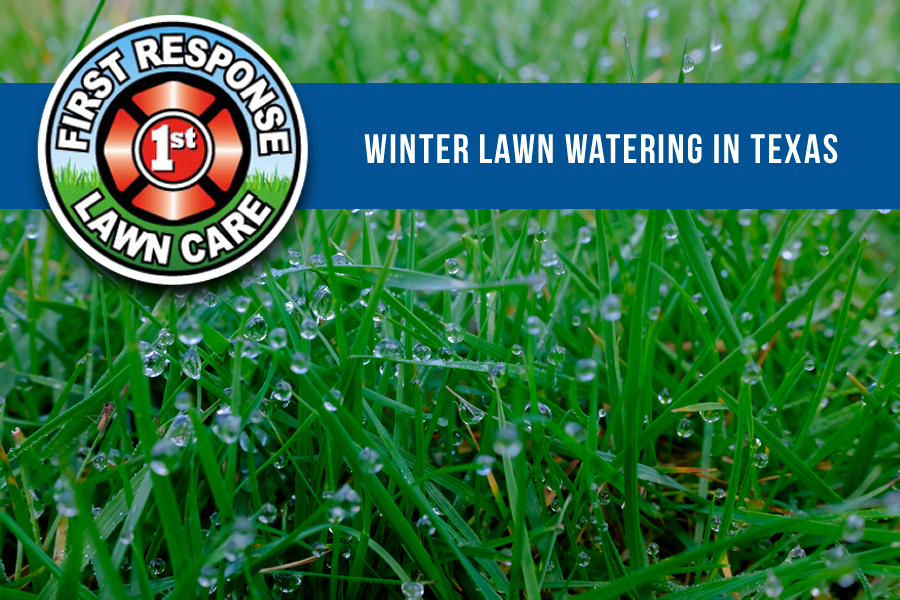The burning question this week is “Should I water my lawn in the winter”? And the answer is, “YES”! Your grass needs about 1 to 2 inches of water per week, including rainfall depending upon your type of grass.
During the periods of prolonged winter drought, if the air temperature is above freezing and the soil isn’t frozen, you should water every two or three weeks for 15 to 20 minutes – just enough to provide moisture to the crown and roots and counteract the drying effects of winter winds. Time afternoon watering so grass blades don’t remain moist overnight, which minimizes the threat of fungal diseases. If your grass is long and lush, you can try deep soaking. This allows the water to penetrate deep into the sub-soil and root zone of the grass, six inches deep. If you cut your lawn severely last fall or mow it in winter so that top growth is very short, it will dry out even faster. Even in winter, it’s best to leave your grass tall.
It’s also important to know your grass type. Cool season grasses like fescue, rye or even bluegrass do not necessarily go completely dormant during the winter months. It’s a good idea to water them every now and then when there is no forecast of a hard freeze. Texas generally has Bermuda, Zoysia, St. Augustine, and centipede grasses, which are warm-season grasses. These go dormant once temperatures drop below freezing. The combinations of warm and cool season grasses might include Bermuda and rye or Zoysia combined with fescue or rye. With all these combinations, the result is often the same – a two-tone lawn.

